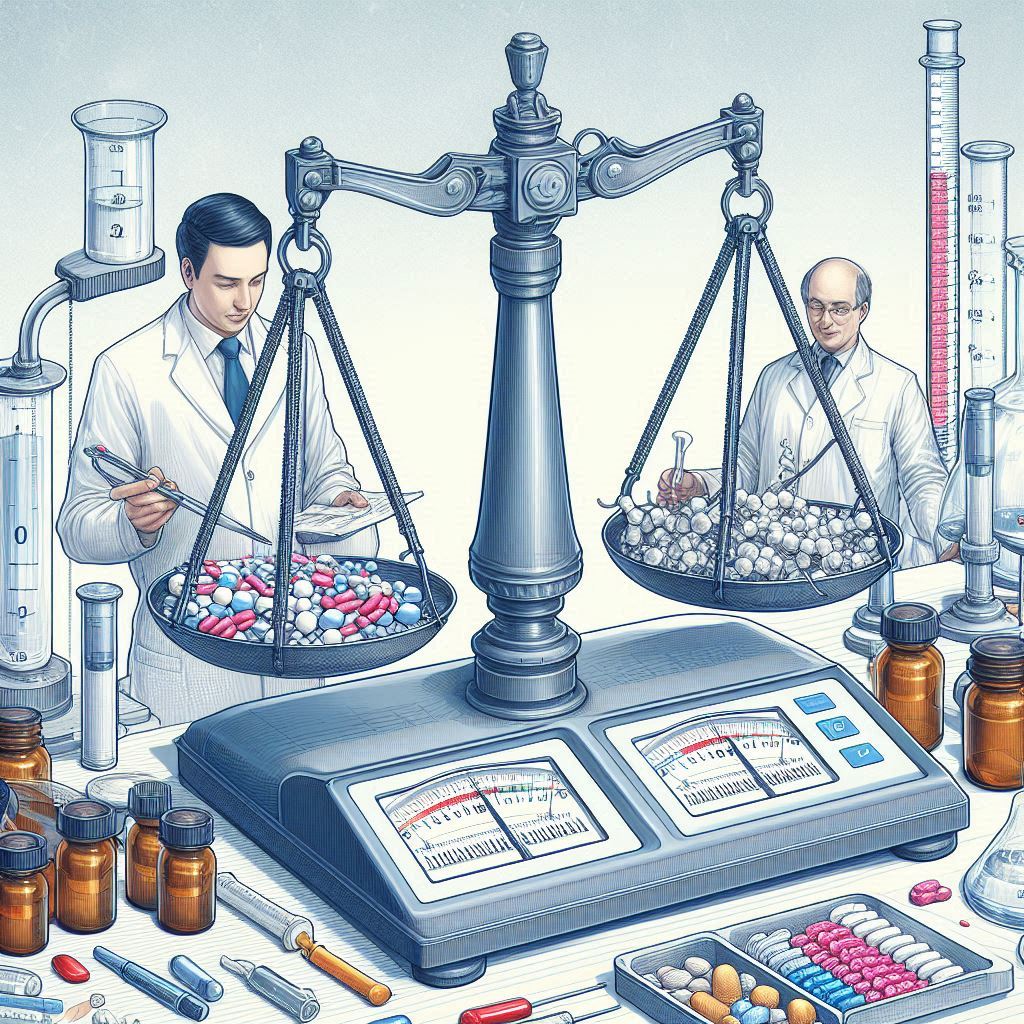Mass balance is a fundamental concept in chemical and pharmaceutical sciences, ensuring accuracy in quantifying chemical yields and assessing degradation. But what exactly is mass balance, and why is it so crucial for analysts?
Mass balance definition
At its core, mass balance applies the Law of Conservation of Mass, allowing scientists to sum assay values and degradation products to verify if they add up to 100% of the initial substance—within the limits of analytical precision. This method plays a key role in pharmaceutical manufacturing, chemical synthesis, and quality control.
Importance of mass balance
Mass balance ensures the accuracy and efficiency of chemical transformations. In practical applications, it serves three major purposes:
✅ Synthetic Route Development – Chemists use mass-balance calculations to assess reaction yields and transformation efficiencies.
✅ Pharmaceutical Manufacturing – Helps quantify material losses inherent in multi-step manufacturing processes.
✅ API Reference Standard Potency – Determines the true potency of an Active Pharmaceutical Ingredient (API) by subtracting non-API content from 100%.

Fig 1. A flow chart of reactants to main product with byproducts, waste and unreacted materials involved in the mass balance determination
Factors Affecting Mass Balance Measurement
Achieving accurate mass balance requires careful consideration of various analytical challenges:
🔬 Sensitivity Differences – Reactants and degradation products might not have equal response factors (Rfs), impacting detection accuracy.
🧪 Multiple Reactants – The API isn’t necessarily the only reactant, which can complicate calculations.
🌡 Recovery Issues – Losses due to volatility, incomplete elution, or non-detection must be considered.

Fig 2. Sample chromatogram showing main AI and degradant peaks that can have different response factors
Analytical Conditions to Consider
To ensure reliable mass balance calculations, analysts should implement robust testing conditions:
✔️ Peak Purity Analysis – Confirms the integrity of API material.
✔️ Resolution of Degradation Peaks – Prevents misinterpretation of overlapping signals.
✔️ Detector Sensitivity Adjustments – Using multiple detectors (e.g., ELSD, CAD) enhances response accuracy.
✔️ Accounting for Assay Variability – Ensures precision in mass balance determination.

Fig 3. Comparison of CAD and ELSD detectors from www.thermofisher.com/hplcdetectors
Conclusion
Mass balance measurement is critical yet complex. Analysts must consider various challenges, including:
➡ Reactive species beyond the API
➡ The chemistry of degradation reactions
➡ Detector sensitivity towards reactants and degradation products
By optimizing analytical conditions and ensuring significant degradation, scientists can maximize precision in mass balance determinations.

Leave a Reply